Xiaomi 14 review: Recreating Leica magic
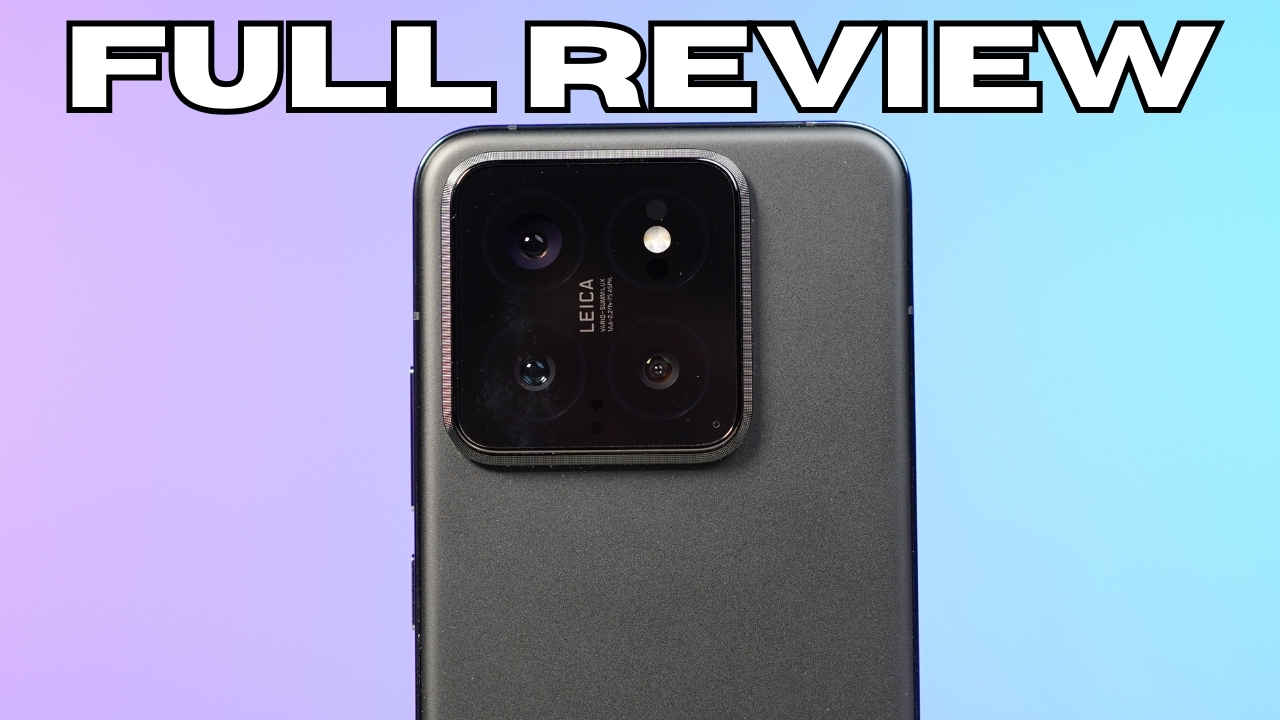
- Elegant and handy design
- Superb cameras
- Excellent performance
- Gloss back is a fingerprint magnet
- Feels heavy in the hands
- Display isn't the most accurate
There is very little to not like about the Xiaomi 14. The only thing that doesn’t match up to the competition in any sense is the display’s colour accuracy, which is surprisingly lower than many mid-range smartphones of 2024 also, but it can’t be called bad at the same time. Further, the software has a couple of annoyances, but overall I am very happy to have another compact flagship in the market.
After Vivo and Zeiss, OnePlus and Hasselblad, it is now time for Xiaomi and Leica to showcase how far smartphone cameras have come with the Xiaomi 14. Now, this smartphone aims to be the new camera king in the Android space, a title currently claimed by the likes of the Vivo X100 Pro and the Samsung Galaxy S24 Ultra. But can the Xiaomi 14 challenge these two smartphones in the race to become the best camera smartphone?
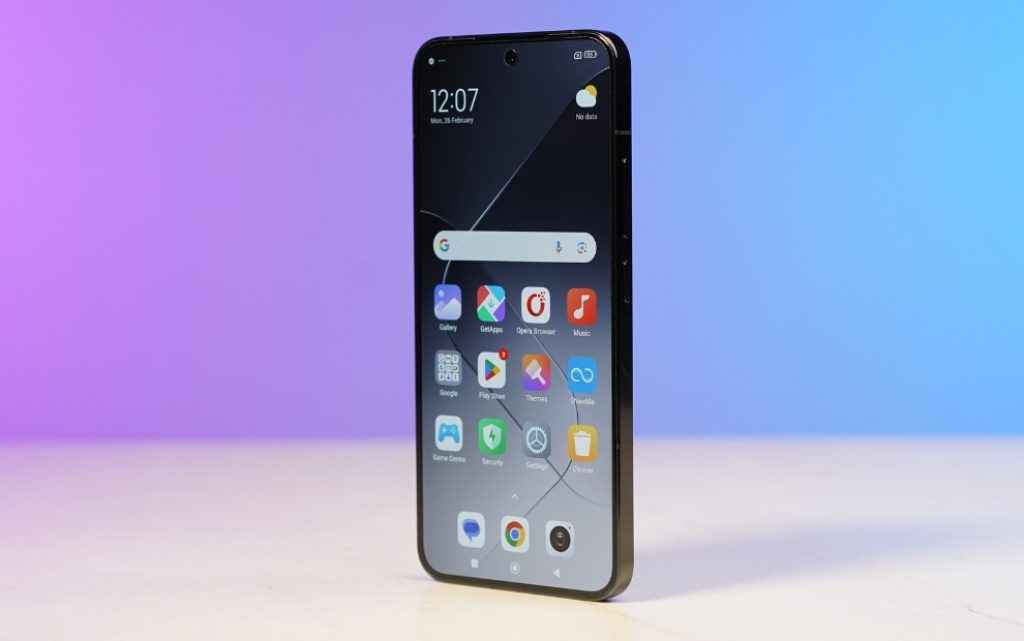
While the competition in the camera space is cut throat, this review is not just about the cameras. In this review, I will look at everything else as well and finally tell you what I like about the Xiaomi 14, what I don’t like about the smartphone, and finally, if you should spend your Rs 69,999 on the Xiaomi 14.
Xiaomi 14 review: Design
The design of the Xiaomi 14 has been one of my favourites in 2024 so far. The smartphone feels solid in the hand, and is compact. I am a sucker for small smartphones and if we get a flagship in a compact package, it is all a person like me can ask for. The smartphone also comes with IP68 water and dust resistance, along with Corning Gorilla Glass Victus protection so the smartphone is also sturdy for basic drops and brushes and splashes of water or dust.
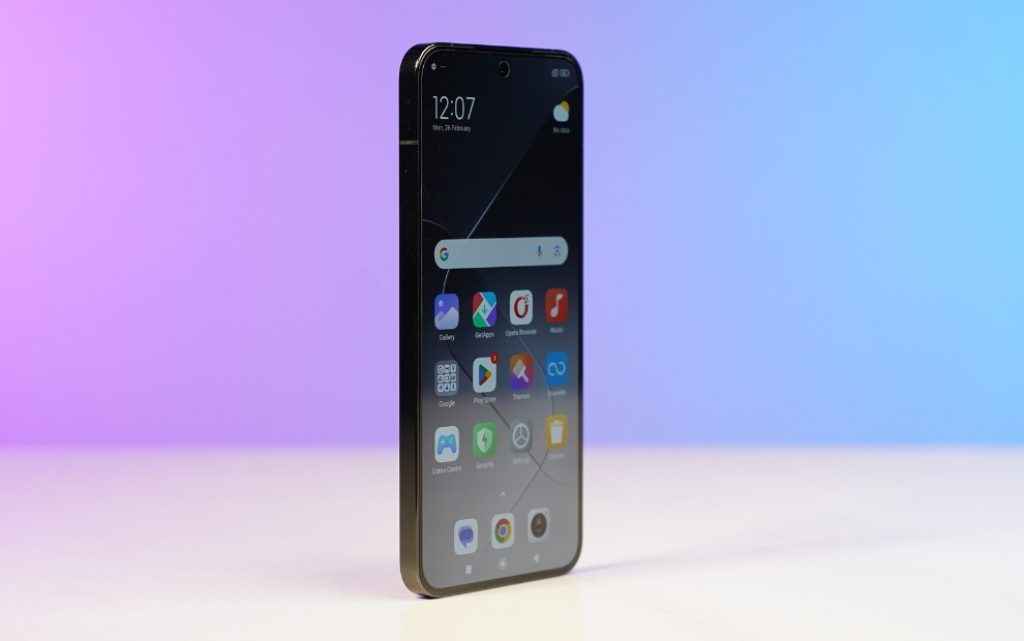
At the back, we have the glass back, which has a matte finish in the black colour that I got for review, and there is also the “Jade Green” colour which has a much more glossy finish. The camera module is similar to last year’s Xiaomi 13 Pro with the square module and the very subtle Leica branding. We have the “Xiaomi” branding on the bottom left corner of the back panel. Up front, we get a hole-punch flat display with super thin bezels and no chin, giving the smartphone a very premium look from up front. Now the bezels are so thin that while this is a 6.36-inch display, the Xiaomi 14 is almost the same size as the Google Pixel 8, which has a 6.2-inch display.
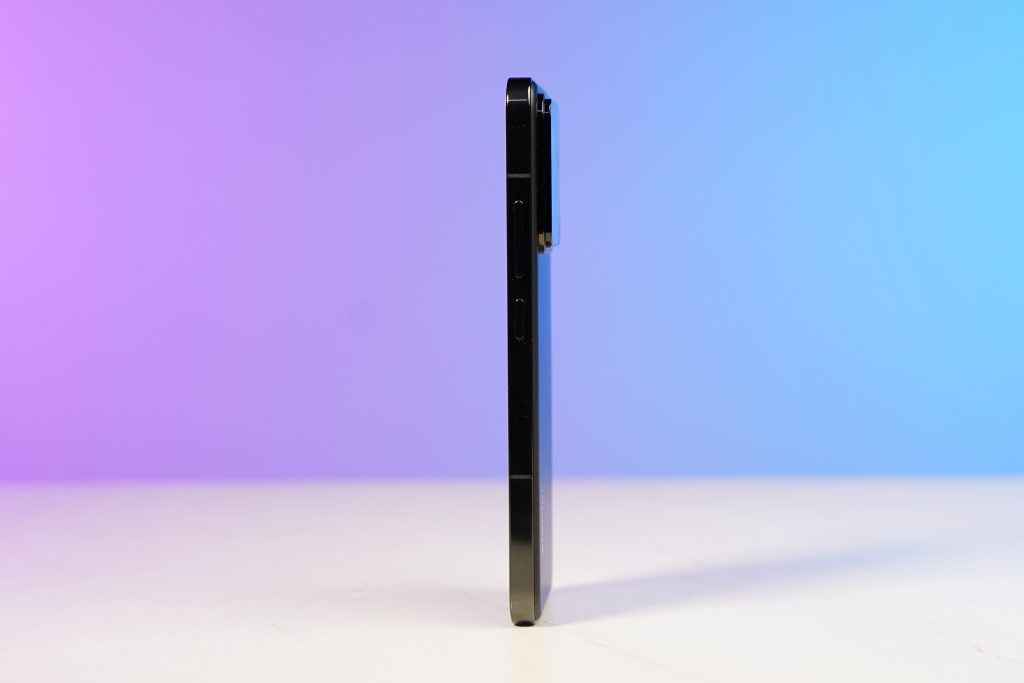
Both the front and back glass panels are enclosed in a beautiful metal frame that gives the Xiaomi 14 a very premium in-hand feel. Like from the moment you put hands on the device, the feeling is nothing short of premium. The only drawback with this design is that the Xiaomi 14 is very heavy for its size. It weighs somewhere around 193 grams which may not seem too much on paper, but the smartphone is heavy.
Xiaomi 14 review: Display
Coming to the display, here the Xiaomi 14 performs pretty well. We get a very ideally sized 6.36-inch AMOLED LTPO display with a 120Hz refresh rate and support for all your HDR formats like Dolby Vision or HDR10+. The Xiaomi 14 is also claimed to offer up to 3,000 nits of peak brightness but that is a number we have seen being thrown around quite a lot this year. How good is it? Well, the Xiaomi 14, under absolutely bright sun, showcased a peak luminance of 970 nits, which is pretty good for any smartphone in any segment.
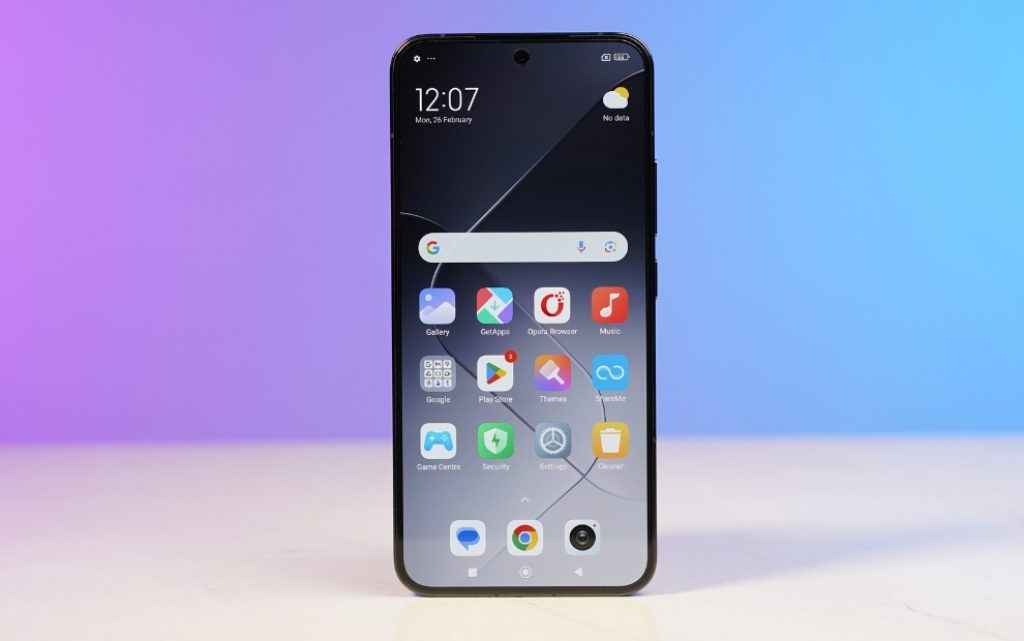
This display is also very accurate at the same time. I ran a colour checker analysis on the Xiaomi 14’s display and the smartphone showcased an average DeltaE of 2.3 in the DCI-P3 colour space and an average DeltaE of 2.1 in the sRGB colour space, which is good in terms of how a smartphone’s display should look like, but not at par with how accurate some of the recent smartphone’s that I have tested recently are. For example, an average DeltaE of below 3 is considered good for a smartphone, so you can put things in perspective based on that.
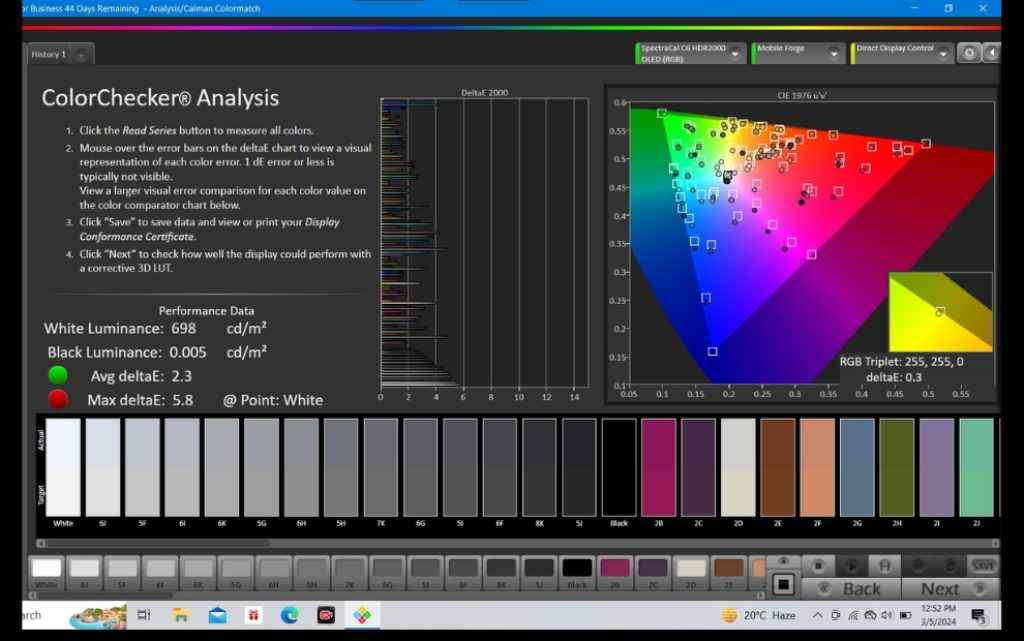
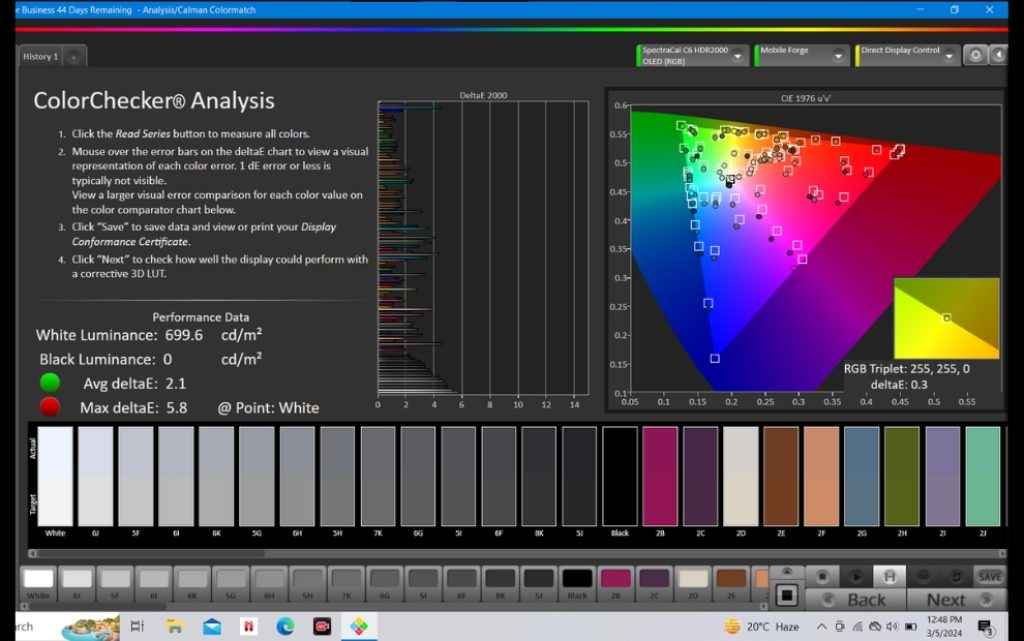
We also get a 120Hz LTPO panel, which means that the display is also smooth and slick in terms of how it performs. Be it switching between apps, scrolling through menus, or high frame rate support on games, the XIaomi 14 does it all very smoothly. So the display is good. It is sufficiently bright, extremely smooth, but isn’t the most accurate in terms of the colour representation.
Xiaomi 14 review: Performance
Coming to performance, the Xiaomi 14 is powered by a Qualcomm Snapdragon 8 Gen 3 chipset paired with up to 16GB of RAM. Proper bleeding edge stuff. Not only on paper, in reality also the Xiaomi 14 performs really well. The smartphone showcased brilliant performance numbers. On AnTuTu, the Xiaomi 14 came ahead of rival devices like the Samsung Galaxy S24 or the OnePlus 12, but fell slightly short as compared to its fiercest rival, the Vivo X100 Pro. The story remains similar in other CPU-based benchmarks, where the Xiaomi 14 comes ahead of some rivals, but right behind some others.
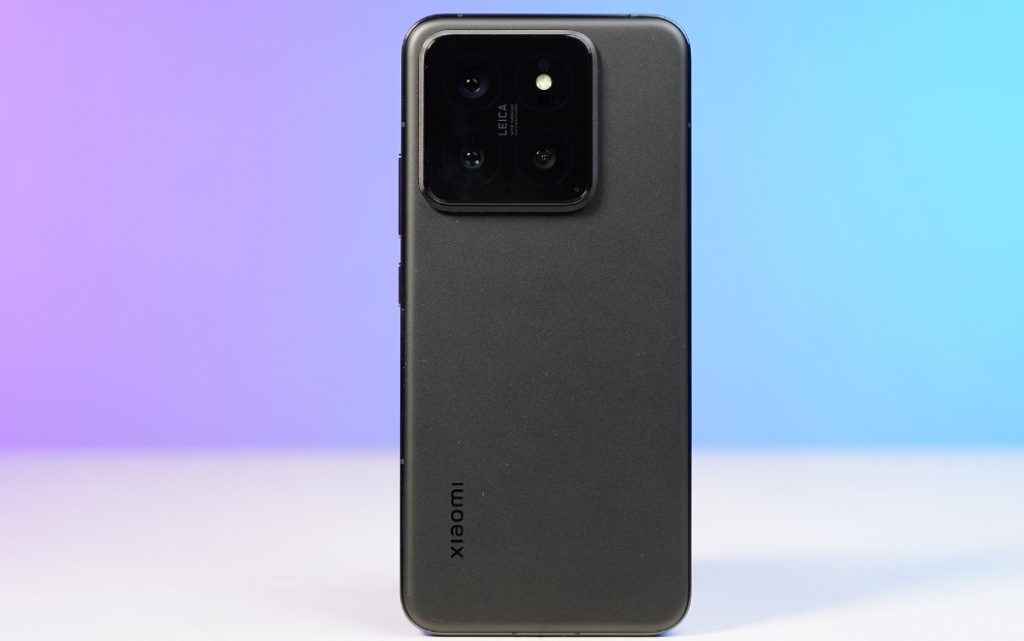
In GPU-based benchmarks like 3DMark Wildlife Extreme, the Xiaomi 14 comes ahead of most of the competition like OnePlus 12, Samsung Galaxy S24, or the Vivo X100 Pro.
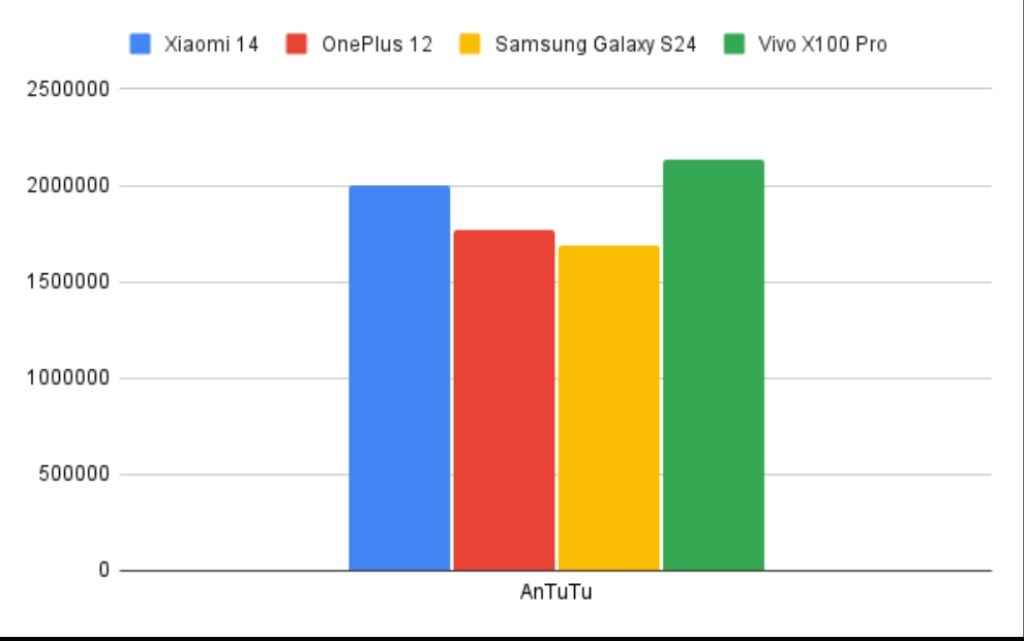
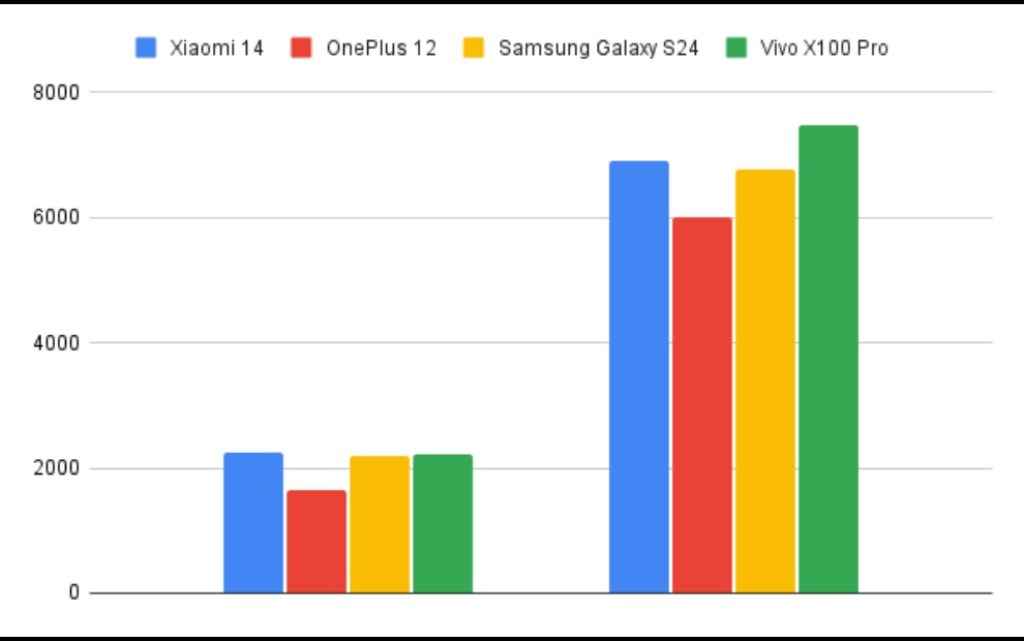

Now, while synthetic benchmarks are a good indicator of the smartphone’s performance, it is not the whole picture. In day-to-day how the smartphone performs, how it heats, if the gaming experience is good and how much the device throttles, all of that is subject to daily usage. The Xiaomi 14, in almost all aspects, is a supreme performer. It is snappy, it is slick, and it doesn’t heat up much, even if you go crazy with the camera of the smartphone.
Since this is a Leica co-developed camera, I have been playing around with it since the day I got my hands on the Xiaomi 14 and the smartphone doesn’t heat up or throttle much, which is good. I ran the CPU throttle test also on the Xiaomi 14 to check how much the smartphone throttles, and the Xiaomi 14 throttled to 81 percent of the performance.
Coming to software, this is one of the first smartphones that I have used with Xiaomi’s new HyperOS UI, and while the changes are minimal, it is difficult to say how much of a difference it makes in the overall experience since the basic stuff remains the same. One annoyance that I have always faced with Xiaomi’s software also remains is the amount of permissions and alerts that you have to go through while setting up the smartphone or while downloading new apps. The few seconds it takes to scan apps right after makes the smartphone unusable for those few seconds. Now, while this is good in terms of scanning new apps for viruses, it could be happening in the background.
But it’s not all bad. While bloatware and app permissions are there for a larger reason like business and compliances, there are features in Xiaomi’s software that I’m a big fan of. Firstly, the app clone feature which allows users to have two versions of the same app, if the said app supports the app clone feature. There is also the hibernation mode which is something I strongly believe should be there in every smartphone. What it does is, that when your smartphone’s battery dies, the Xiaomi 14 squeezes out one percent of the battery to only keep the necessary things like calling on so that users are never without their smartphones. Smart.
Xiaomi 14 review: Camera
Coming to the most important part of this review. Camera. The Xiaomi 14 is the second smartphone that the Chinese manufacturer is launching with the Leica partnership. So here, we get a triple rear camera setup with a 50-megapixel primary shooter with Leica Summilux certification and a wide f/1.6 aperture, there is a 50-megapixel ultrawide angle lens, and another 50-megapixel telephoto shooter. Like last year’s Xiaomi 13 Pro, with the Xiaomi 14 also we get a two main colour profiles – Leica authentic and Leica Vibrant, both obviously tuned by Leica.

Now, the number of camera features on this smartphone remind me of my recent review of the Vivo X100 Pro. There are so many things to talk about here that it is tough to even think where to begin with. The Xiaomi 14 is obviously a camera beast. The images from the primary shooter are very good, we get up to 3.2x optical zoom as well, so there is enough room to adjust your perspective also if you’re wanting to unleash your inner photographer with the Xiaomi 14.
The performance is good. The images are sharp and detailed, and the dynamic range is also very good. With the level of hardware this smartphone has, I believe that the tuning is not the best and could be better, but the results are mostly very aesthetic and balanced from the primary shooter.
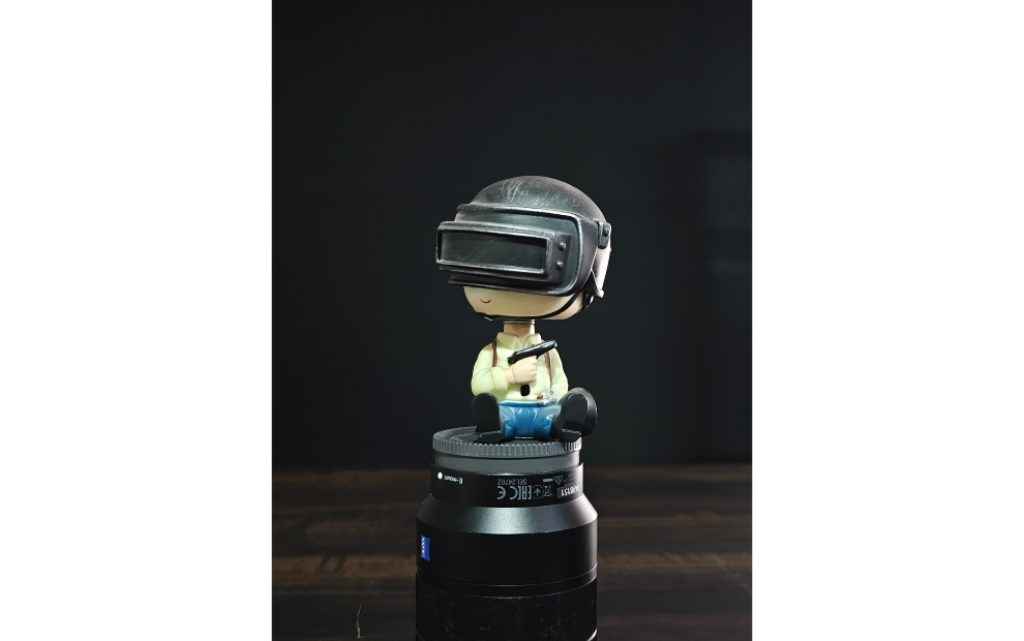


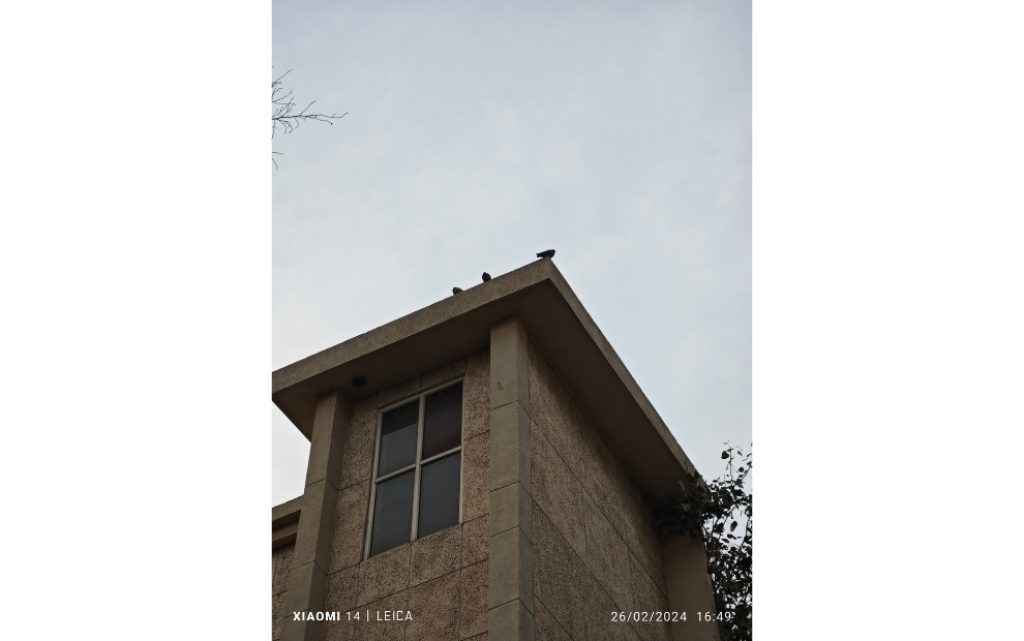



Even in low light the images are good. The smartphone has a large sensor that lets in enough light to never miss out on details, even in low light conditions. Of course, if you are in a pitch black environment with no source of light anywhere close, then no camera will be able to give any results, but in the Night mode the Xiaomi 14 does show things that aren’t visible normally so I guess that’s good since the camera is taking light from whatever little source possible.
The wide angle lens is also good, and the best part about it is that there is little to no difference between the quality of the images from the primary shooter as compared to the wide angle shooter. The results are consistent.

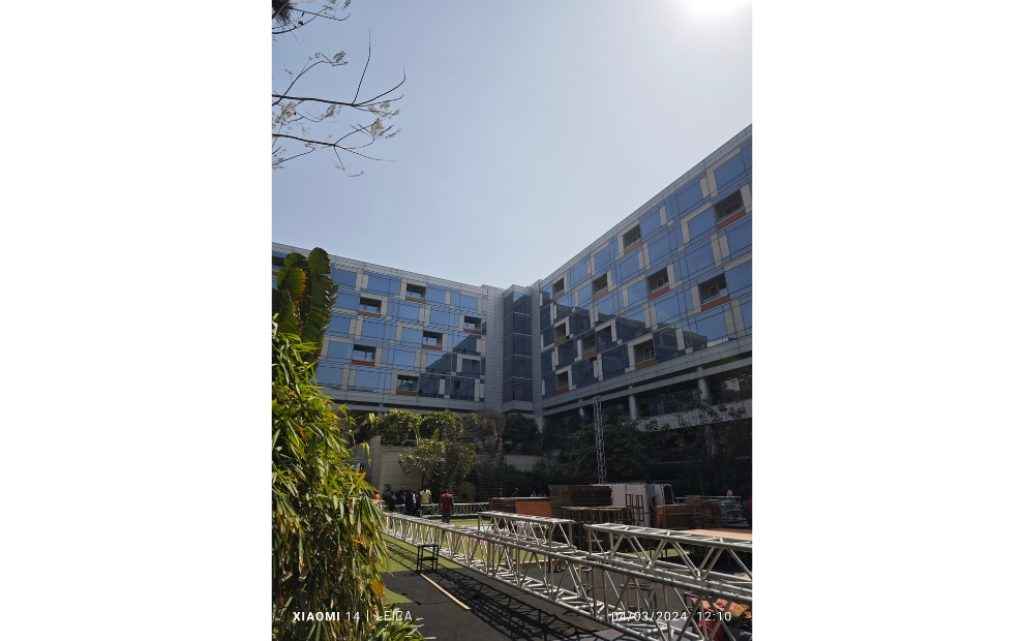
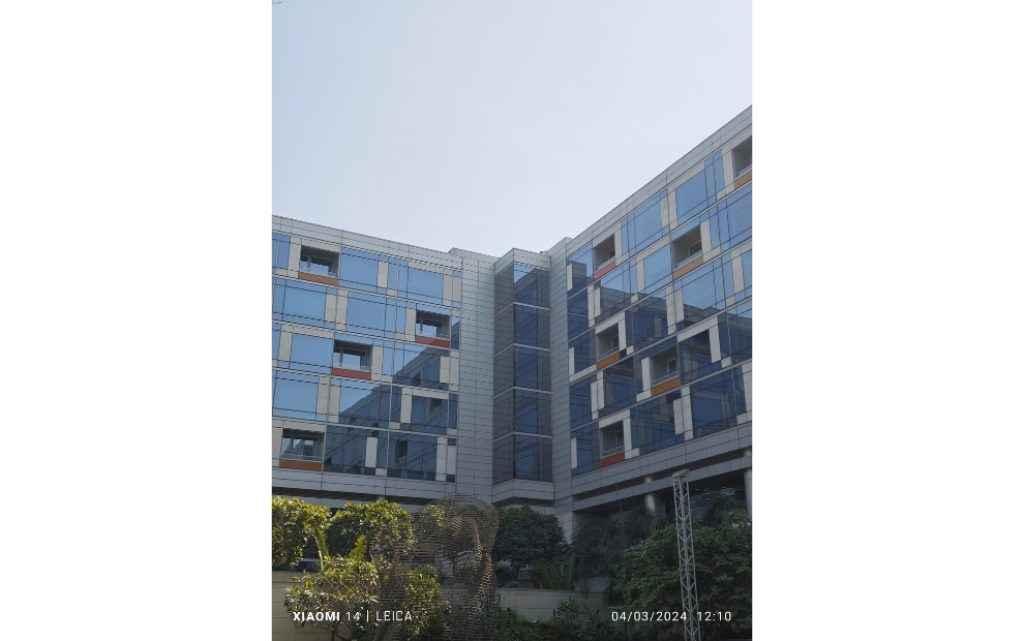
Coming to portraits, I’m quite impressed by how the portrait modes tuned by Leica perform. Not only does the smartphone get the edge detection and background blur right, the skin tones and various effects from Leica make portraits look really good. On the Xiaomi 14, we get 5 portrait presets, each of them set at a different focal length. From 35mm to 90mm, there are different focal lengths that you can choose from.



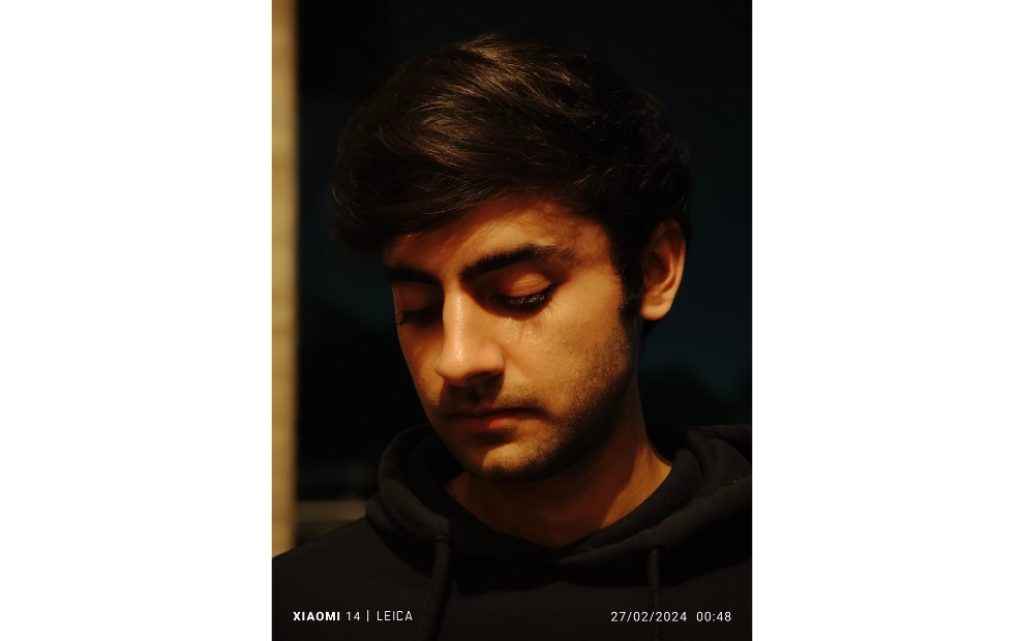
The only issue here is that each of these focal lengths have their own unique effect and there is no way to use each of these focal lengths without the effects in place. Further, the 90mm focal length on the Xiaomi 14 is set to the “Leica soft focus” effect, which is not my favourite since the photos look a little like they are out of focus. Yes, I’m aware that this is how it’s meant to look, but here it would have been nice to have the 90mm focal length with a sharper focus on the subject.

So the camera is brilliant on the Xiaomi 14. Of course, having Leica back the camera development does make this one of the best cameras on Android right now, but a little bit of fine tuning is still required. The one thing I really wish Xiaomi thought of is to have the preset focal lengths, but without the preset effects.
Xiaomi 14 review: Battery and charging
Coming to battery, since this is a small and compact flagship, Xiaomi has put a 4,610mAh battery on the Xiaomi 14. We also get 90W wired charging with PD 3.0, along with 50W fast wireless charging.
The battery backup on the Xiaomi 14 is decent. For example, playing Call of Duty: Mobile for 15 minutes on the highest graphics only drained 4 percent of the smartphone’s battery. Watching a YouTube video on 2160p with HDR on high brightness drained 3 percent of the battery, and navigating using GPS for an hour straight drained 6 percent of the Xiaomi 14’s battery.

Charging is also fast. The smartphone comes with 90W fast charging, which took 44 minutes to charge the smartphone fully from dead so that is proper speed. We also get 50W wireless charging but I wasn’t able to test it since the fast charger that I use maxes out at 15W output.
Xiaomi 14 review: Verdict
So that was the Xiaomi 14. From the moment I set my hands on this smartphone I had loved the design and the in-hand feel. Pair that with bleeding edge specs like the Snapdragon 8 Gen 3 chip with 16GB RAM or super fast wired and wireless charging, and I am sold. To make things sweeter, Xiaomi has also thrown in its camera expertise, thanks to the partnership with Leica.

So yes, there is very little to not like about the Xiaomi 14. The only thing that doesn’t match up to the competition in any sense is the display’s colour accuracy, which is surprisingly lower than many mid-range smartphones of 2024 also, but it can’t be called bad at the same time. Further, the software has a couple of annoyances, but overall I am very happy to have another compact flagship in the market.
Xiaomi 14 Key Specs, Price and Launch Date
| Release Date: | 07 Mar, 2024 |
| Market Status: | Launched |
Key Specifications
Storage
512 GB
Battery capacity (mAh)
4610
Rear Camera Megapixel
50 + 50 + 50
Screen size (in inches)
6.36


